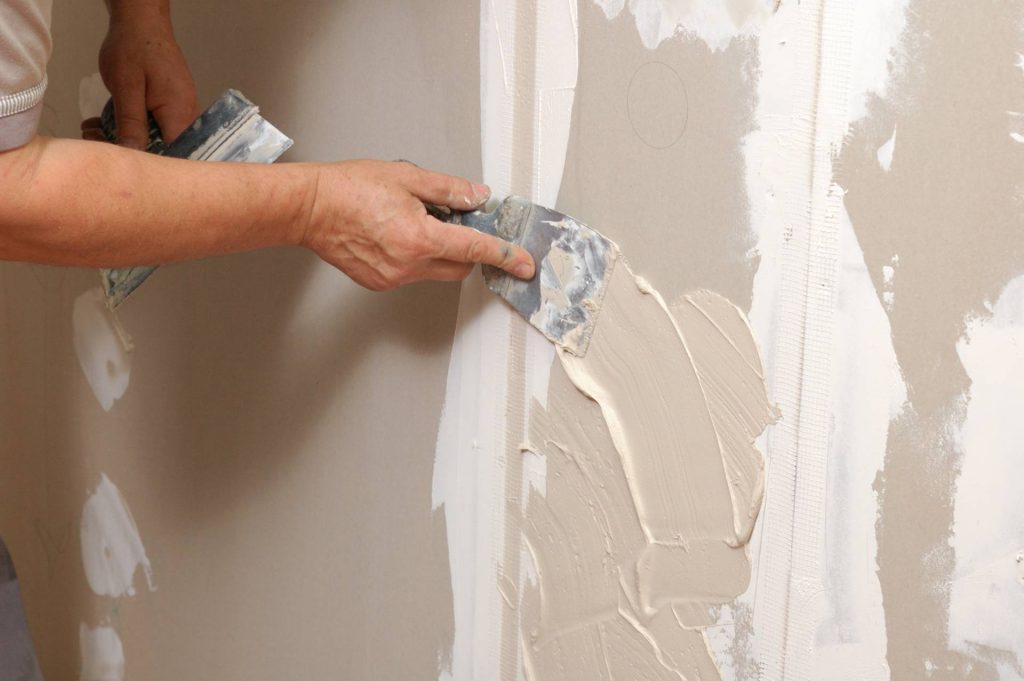22 Sep What Are Textured Walls?
 Do you ever find yourself staring at your blank, smooth walls and wonder, “How do I make these more interesting?” Many people have been working from home during the past several months, so the plainness of your walls might be bothering you more than it normally might. A trend that’s on the rise in 2020 is textured walls; their unconventional appearance draws interest. Some examples include orange peel, sand paint, and popcorn-textured walls. It’s one thing to apply a new colour to your walls, but altering their texture will make a standout statement.
Do you ever find yourself staring at your blank, smooth walls and wonder, “How do I make these more interesting?” Many people have been working from home during the past several months, so the plainness of your walls might be bothering you more than it normally might. A trend that’s on the rise in 2020 is textured walls; their unconventional appearance draws interest. Some examples include orange peel, sand paint, and popcorn-textured walls. It’s one thing to apply a new colour to your walls, but altering their texture will make a standout statement.
Textured walls are a great way to hide imperfections. They can blend the seams of drywall sheets and hide other flaws in your walls. There’s a wide variety of techniques that are used to create textured walls. For an orange peel or popcorn texture, a drywall texture sprayer is used. A faux texture can be simulated when paint is applied using a porous sponge. Some try to recreate the look of stucco by using a joint taping compound or drywall mud. It adds dynamic texture and gives your walls a rustic look.
The imperfect appearance of textured walls inspires many homeowners to try and recreate it by themselves. But don’t be fooled: it involves precise technique and preparation to pull this look off. Textured paints need to be applied quickly before they dry, otherwise, you’ll end up with unsightly seams. One example is the skip trowel texture. While the joint compound is applied, the painter angles the knife slightly to create raised textures. But if this method is done incorrectly, your walls will only look messy.
Another challenge that comes with textured walls is painting them. The liquid can collect in the pockets and corners of the raised texture, causing drips or an uneven application. You’ll need a careful brush and an eye for detail if you plan to paint your textured walls by yourself.
Afraid of breaking out the paint roller to revamp your walls? Wallpapers are made with textures, too. Some are embossed while others have raised sections of fabric or lace. If you’re afraid to alter the smoothness of your walls, try a textured wallpaper instead; you can always remove it later.
Not everyone is a fan of the textured look. Some homeowners prefer the smoothness of regular walls. How do you get rid of textured walls if you change your mind? A skim coat can be applied to smooth over bumps and ridges in a textured wall; it will fill in pockets to make the surface smooth again. Then, a sander is used to make the entire wall one-dimensional. But other textures are even trickier to remove – old popcorn ceilings that were applied before 1978 contain asbestos and require the help of a professional to get rid of them safely. Another option is to do away with your old walls altogether and cover them up using panels. Wood is a popular choice that can give your home a cozy vibe.
Are you in love with your textured walls? The next step is painting them, which can be challenging with bumps and ridges. You’ll need professional painters in Winnipeg to make your walls look flawless. At Pinnacle Painting, we can apply textured walls, paint them, and/or remove existing texture for a satin-smooth finish.
